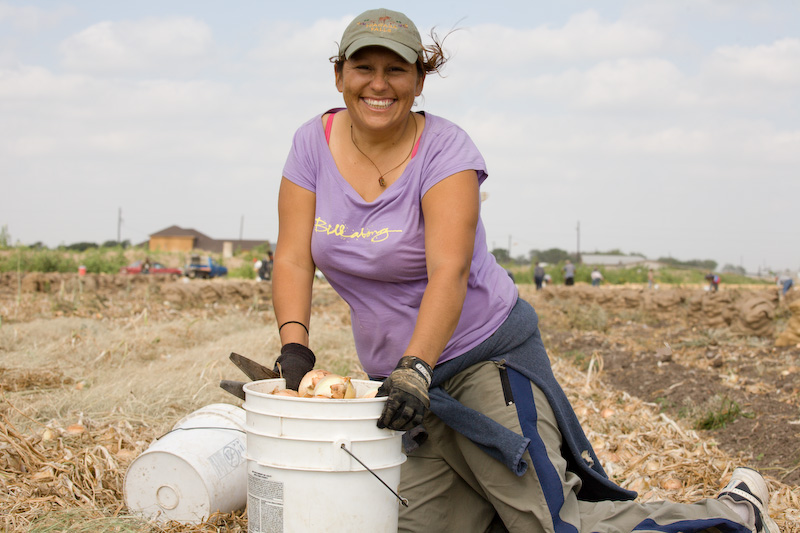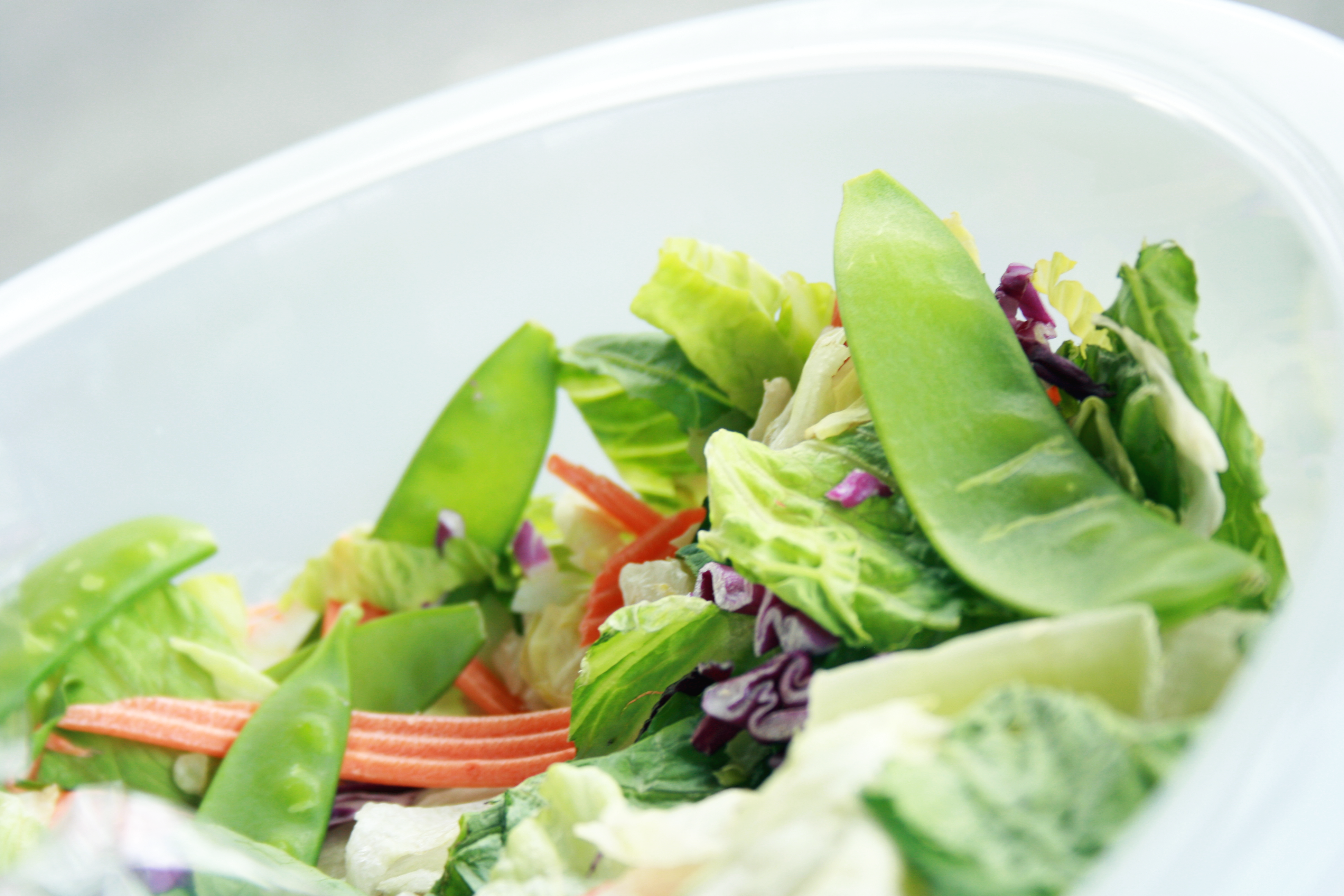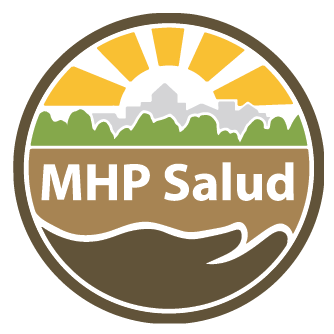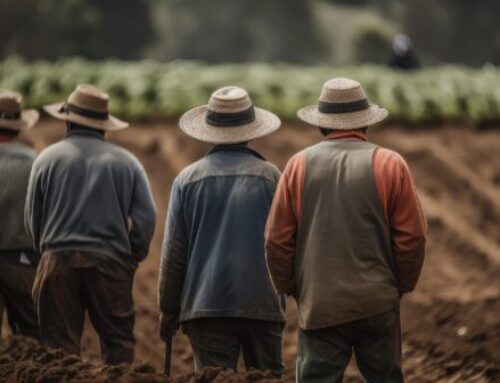
What is a “Food Desert?”
A food desert is an area where getting fresh, healthy foods like fruits, vegetables, and whole grains are especially difficult. They can be found in urban and rural areas and often include communities of color with low income. Food deserts are areas where access to grocery stores that sell fresh produce is difficult because of distance or lack of public transportation. According to a report from the Economic Research Service of the US Department of Agriculture, approximately 2.3 million people live more than 1 mile away from a supermarket and do not own a car.3 This makes buying groceries a difficult task. As such, these individuals may rely on less-healthy food options that are available from closer stores like gas stations, fast-food restaurants, or small corner stores.
For the many Americans living within or near a food desert, the lack of access to healthy foods can have negative health consequences. In a study by PolicyLink and The Food Trust that combined data from several sources, including the CDC, they found that decreased access to healthy food is related to many diet-related diseases including obesity, diabetes, and cardiovascular disease.5
Factors that Contribute to Food Deserts
Distance: In communities, healthy food isn’t easily accessible because grocery stores are 10 and sometimes 20 miles away. Meals are often purchased from fast-food restaurants or convenience stores where many items are highly processed and have lower nutritional value. 7
Transportation: In some cases, healthy food may be technically available but not accessible. There may be a grocery store nearby, but without public transportation or a car, 5 miles isn’t much different than 20 miles. Even if a grocery store is only a mile away, it can still be inaccessible if there are no sidewalks, if neighborhood crime is a concern, or if a disability prevents someone from walking that distance.7
Affordability: It isn’t only the cost of an item that determines affordability but the “price of a particular food and the relative price of alternative or substitute foods. Affordability of food is also impacted by the budget constraints faced by consumers, who must consider not only the prices of different foods to meet their food needs, but also the prices of other necessities.”4 If there are only a few dollars left after paying for rent, utilities, and transportation to work, the pennies saved from buying fruit snacks instead of fruit (or a hamburger instead of a salad) become a lot more valuable.

Although many rural communities are agriculture based, residents of those communities may still live in a food desert due to a lack of supermarkets that sell fresh produce.
Race and Income: The NRC’s analysis found that race and income levels are significantly related to food deserts. In the study, Hispanic populations had one-third less access to chain supermarkets than non-Hispanic populations, and lower-income neighborhoods overall had less access than middle- and upper-income neighborhoods.7
Addressing Food Deserts
Bringing Fresh Foods into the Community (Farmers’ markets)
Studies show that high-income communities have greater access to healthy food than low-income communities.10 Organizers, Non-profit organizations, and lawmakers have discussed many ways to address this. Introducing farmers’ markets to these areas is one strategy that has gotten a lot of attention. These markets allow local farmers an opportunity to sell their fresh produce and allow community members to buy them at prices lower than or comparable to larger grocery stores.
Farmers’ markets are beneficial because they can be strategically set up in locations where community members are likely to frequent. For example, studies done by the Sustainable Food Center, in East Austin, Texas found that farmers’ markets placed near Women, Infant and Children’s clinics were meeting community needs.9 Further research suggested that low-income women were increasingly willing to shop at farmers’ markets if they were closer to their homes and had comparable prices to where they normally shop.9
Mobile and bus stop markets are also utilized to increase the availability of fresh foods in food deserts. Mobile markets consist of converting busses, trailers, and similar vehicles into grocery stores. These markets are great because they expand access to fresh foods to a larger area and they address barriers like lack of transportation.
Making fresh food available in under-resourced areas plays a significant role in solving the food desert problem. However, an increasing amount of studies suggest that access alone won’t help residents of these communities change their food shopping habits.
New Initiatives and New Stores
Over the years, various Government initiatives were put in place to address food deserts. For example, the U.S. Department of Health and Human Services launched the Healthy Food Financing Initiative. It equipped grocery stores, corner stores, and Farmers’ markets with the tools needed to sell fresh, healthy food.12 In addition, numerous elected officials have worked towards changing local laws and tax codes to convince larger chains to build stores in these communities.
Food cooperatives, specifically designed to address the barriers that contribute to food deserts, show promise in many under-resourced communities in the U.S. They operate as full-service grocery stores that sell fresh foods at lower cost or provide incentives to buy them. For example, a common strategy was to offer residents a free healthy item for buying other healthy foods.
These food co-ops also offered a variety of other resources to help individuals. They partnered with organizations to conduct outreach on related health topics, provided health education classes, and set up community gardens. These specialized programs empower residents to regain control of their health by providing them with an alternative place to buy groceries and supplying the tools for the community to make more health-conscious choices.11
Cutting Costs
Making fresh foods affordable for low-income communities is an essential part of addressing food deserts. Research around urban residents who purchased their groceries at smaller neighborhood stores found that they pay between 3% to 37% more than individuals that live in suburban areas for the same products at supermarkets.7 For many, price is a top consideration when deciding on where to shop.
Larger grocery stores control their profits; thus federal, state, and local programs are forced to find creative ways to reduce cost. One such way was to allow residents to use their Electronic Benefits Transfers (EBT) from the Supplemental Nutrition Assistance Program (SNAP) at farmers’ markets, mobile markets and food co-ops. Some local programs went further by incentivizing use of SNAP Benefits to buy healthy foods. For example, the New York City Department of Health and Mental Hygiene gave their residents $2 coupons called Health Bucks, towards the purchase of fruits and vegetables for every $5 used from SNAP benefits at a farmers’ market.9 The program was successful in that it was a major source of income for the farmers and increased EBT sales. 9
Promote Healthy Eating
Some would argue, however, that increased availability and cutting costs isn’t enough. Trading in easy to access, inexpensive, delicious food for healthier options may require some convincing. Education about the components of a healthy diet and the reasons why spending the extra time and money to eat healthier is worth it may be required to see long-term change in community health.
For example, a study entitled “Vida Sana Hoy y Manana” done by San Diego State researcher, Guadelupe Ayala, provided training to Latino’s working in Bodegas (small stores in predominantly Latino neighborhoods) to strengthen their selling and marketing skills around fruits and vegetables. The study found that consumer fruit and vegetable consumption increased by about one additional serving per day.9 This is evidence of the promising effects of promoting healthy eating to individuals who live in food deserts.

Several of MHP Salud’s Community Health Worker Programs emphasize the importance of a healthy diet.
MHP Salud’s program, Juntos Podemos utilizes Community Health Workers (CHWs) to promote the adoption of healthy lifestyles in order to maintain healthy weight among families in the Rio Grande Valley. A Community Health Worker is a trusted member of the community who empowers their peers through education and connections to health and social resources.
Implementing culturally and linguistically appropriate education, the program promotes healthy nutrition and living active lifestyles. Last year, parents and their children who participated in Juntos Podemos significantly increased their fruit and vegetable consumption. This was due in part to the education they received from a CHW on the importance of the little everyday ideas they can adopt like choosing fruits over candies when rewarding children. We also saw increases in the amount of time families were spending on exercise. Some families so motivated by the program, they would organize activities to stay active with neighbors well after the sessions ended. This is proof of the powerful influence Community Health Workers can have on communities and sheds light on the implications that Community Health Workers are a great option when it comes to addressing food deserts.
About MHP Salud
MHP Salud has over thirty years of experience implementing CHW programs and training organizations looking to start and/or strengthen their own CHW programs. For more information about MHP Salud, our services, and how we can help you, please email us at info@mhpsalud.org
Citations
- https://www.cdc.gov/features/fooddeserts/index.html
- https://www.cdc.gov/pcd/issues/2016/16_0250.htm
- https://www.ers.usda.gov/amber-waves/2010/march/access-to-affordable-nutritious-food-is-limited-in-food-deserts/
- https://www.ers.usda.gov/publications/pub-details/?pubid=42729
- http://www.policylink.org/resources-tools/the-grocery-gap-who-has-access-to-healthy-food-and-why-it-matters
- https://www.cdc.gov/dhdsp/docs/chw_brief.pdf
7. http://foodispower.org/food-deserts/
8. http://content.time.com/time/magazine/article/0,9171,1813984,00.html
9. https://www.ncbi.nlm.nih.gov/books/NBK208027/
10. https://www.healthline.com/health-news/combat-food-deserts-and-food-swamps#4
11. https://civileats.com/2017/08/25/solutions-to-help-55-million-people-out-of-food-deserts/
12. https://socialwork.tulane.edu/blog/food-deserts-in-america
13. https://cdi.coop/food-coops-food-deserts-low-income-communities/






